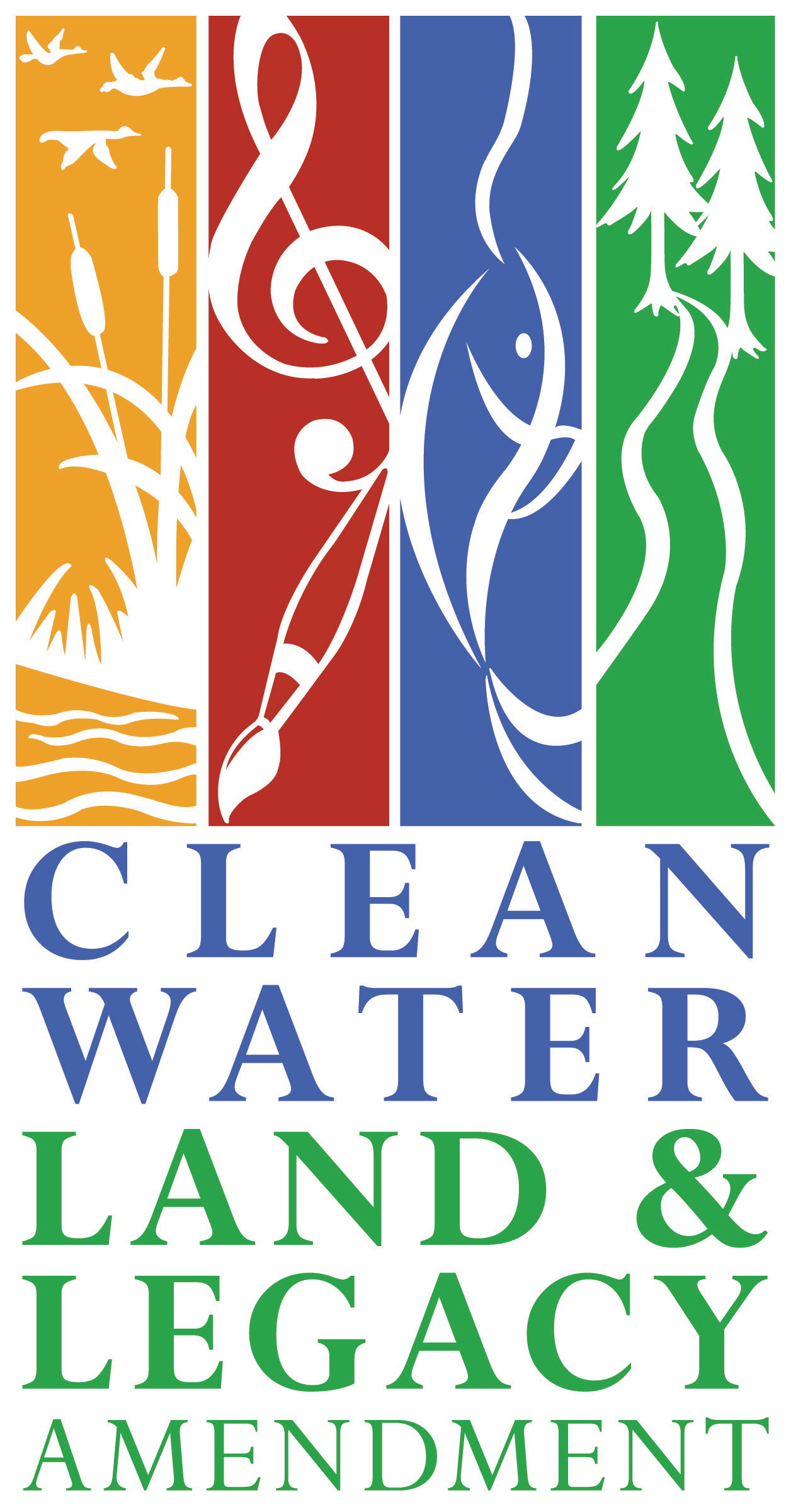Clean Water Fund
MDH Legacy Initiatives
- Clean Water Fund Home
- Contaminants of Emerging Concern
- Groundwater Protection Initiative - Accelerated Implementation Grant
- Groundwater Restoration and Protection Strategies (GRAPS)
- Pathogen Project
- Private Well Protection
- Source Water Protection Planning and Grants
- Water Reuse
Related Topics
- Minnesota Well Index
- Drinking Water Protection
- Source Water Protection
- Health Risk Assessment
- Wells and Borings
Environmental Health Division
Private Well Protection
Clean Water Fund

Twenty-one percent of Minnesotans (1.2 million people) get their drinking water from a private well. Private well users are not afforded the same water quality safeguards as people who get their water from public water systems. While public water systems make sure water is safe for the end-user, private well users are responsible for making sure their water is safe for everyone in the household to drink.
The Minnesota Well Code ensures that private wells are properly located and constructed. However, once the well is put into service, private well users are responsible for properly maintaining their well, testing it regularly, and treating the water when necessary.
Since July 2013, Minnesota Department of Health (MDH) Well Management Program has received funding from the Clean Water Fund to evaluate the occurrence and distribution of contaminants in private wells and to develop additional education and outreach to protect private well users. This funding has made the following initiatives possible:
- Private Well Education and Outreach.
- Private Well Protection Household Survey.
- Private Well Protection Arsenic Study.
Private well education and outreach
Currently, the MDH Well Management Program provides web and printed materials about well maintenance, testing, and treatment for private well users. The Program also provides technical assistance to private well users when they contact the Well Management Program. In 2015, the Program initiated efforts to improve outreach and education to increase private well testing and treatment, when necessary. Most of 2016 was spent designing and conducting the survey discussed in the next section. In 2017 and 2018, the effort is focused on the following actions informed by survey responses:
- Developing local partnerships to share information about wells, water quality, testing, and treatment with private well users.
- Improving risk messaging in communications materials about contaminants in well water.
- Expanding outreach to include methods other than our website and brochures.
- Collaborating with water testing laboratories and well contractors to provide consistent public health information.
- Simplifying the process for testing well water.
Private well protection household survey
In 2016, MDH sent a survey to nearly 4,000 households with private wells to determine if private well users are taking actions to ensure safe drinking water and to identify barriers that prevent or discourage well users from testing and treating their water. Surveys were sent to addresses that had a new well drilled since 2008 and an arsenic test result above the limit allowed in public water supplies (Maximum Contaminant Level); 798 households participated in the survey. Survey results showed:
- Thirty-four percent did not take any action to reduce arsenic exposure.
- At least 81 percent did not test their well at the frequency MDH recommends for other contaminants.
- People with less education, lower income, and those who did not know anyone who had tested their well were less likely to install a treatment unit to protect their health.
- Taking no action was also strongly associated with:
- The perception that their well water is safe to drink (risk perception).
- The perception that homes in their area do not often have arsenic-contaminated well water (risk perception).
- Not knowing what level of arsenic is a health concern (knowledge barrier).
- The perception that it costs a lot to treat for arsenic (financial barrier).
For more information
- Information sheet: Private Well Protection Household Survey (PDF)
- Summary report: Data-Driven Outreach for Private Well Users: Findings from a Statewide Survey of Households on Private Wells with Elevated Levels of Arsenic (PDF)
Private well protection arsenic study
MDH conducted a study to:
- Determine how water sampling methods and the timing of sample collection contribute to arsenic test results in a new well.
- Collect water samples to track variation in arsenic concentration in a new well up to a year after the initial sampling date to see how long it takes the water chemistry to stabilize.
- Identify the conditions that control arsenic occurrence in groundwater.
- Provide guidance and education to well contractors and private well owners to reduce risks from arsenic in well water.
Learn more at Private Well Protection Arsenic Study.
Of interest
Go to >top of page